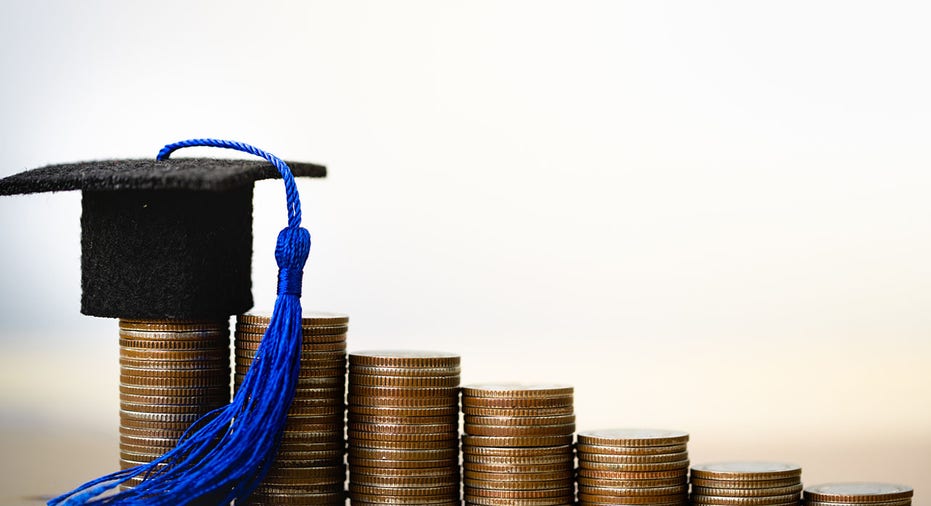Average 10-year fixed student loan rates plummet to near record lows -- how to take advantage

Headed into the 2021 school year, private student loan interest rates dip near record lows. (iStock)
The rate on an average 10-year fixed-rate private student loan plummeted to near record lows last week, reaching 5.47%, according to data from Credible.
This is down from 5.70% the week prior and 5.87% a year ago, nearly tying the record low rate of 5.46% set on June 7, 2021. The 5-year variable-rate student loan, on the other hand, saw an increase to 3.49%, up from the initial rate of 2.98% last week and 2.84% last year. For comparison, these rates hit a record low of 1.84% in February.
If you're thinking about refinancing your private student loan, now is a good time to consider financing your student loan balance into a 10-year fixed-rate student loan to reduce your rate. It can lower the total amount you pay over the life of the loan beyond the principal, and also lowers student loan payments. Visit Credible to find your rate in minutes.
WITH STUDENT LOAN REFI RATES NEAR RECORD LOWS, HERE'S HOW TO CALCULATE YOUR SAVINGS
If you're considering taking out a new loan for the upcoming school year as the cost of attendance rises, federal student loans through the Free Application for Federal Student Aid (FAFSA) could be your most favorable option. Such loans could qualify for federal loan forgiveness, typically have lower interest rates, offer deferment options and have other benefits like income-led repayment plans.
However, these are often based on financial need, and if you don’t qualify for federal student loans or the borrowing limit doesn’t cover the full amount you need for college tuition, student loan relief can come in many forms such as private student loans with low interest rates or scholarships. Consider taking out a private student loan now while interest rates are near record lows. A marketplace like Credible can help you find a lender that best fits your needs by comparing multiple lenders at once.
BIDEN ADMINISTRATION CANCELS $500M OF STUDENT LOAN DEBT: THIS IS WHO QUALIFIES
The best student loan interest rates go to borrowers with credit scores of 780 and above, but are available for borrowers with worse credit history. Someone with a minimum credit score of 600, for example, can still obtain a student loan with bad credit, but will pay a higher premium with interest rates as high as 9.82%, on average.
While federal student loan rates are currently lower, at 3.73% as of July 1, 2021, not all students qualify for federal aid. Also, federal loans for some student borrowers could have loan limits, and private student loans are a good way to pay for tuition costs that exceed that limit.
However, there is also other criteria that affects your student loan interest rate, such as having a creditworthy cosigner, the loan type or the student loan repayment term. Also, each lender has its own eligibility requirements for undergraduate students and other borrowers. Visit Credible to view a rates table and compare multiple private lenders at once to compare rates, fees and eligibility criteria.
WILL BIDEN EXTEND STUDENT LOAN FORBEARANCE AGAIN? HERE'S WHAT WE KNOW
Have a finance-related question, but don't know who to ask? Email The Credible Money Expert at moneyexpert@credible.com and your question might be answered by Credible in our Money Expert column.
